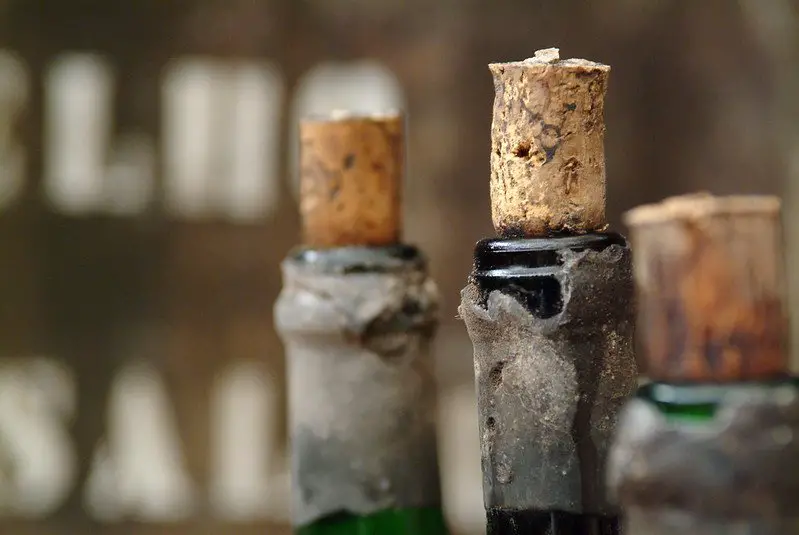
If you hang around wine people long enough, you’re bound to hear a wide range of strange new vocabulary bandied about: sur lee, grippy tannins, and legs. One noteworthy word is vintage, which technically refers to a number.
While numerically expressed as a year, the vintage actually refers to the growing conditions over an entire season for a winegrower. You’ll find the vintage date on the wine bottle’s label. Wines blended from grapes harvested from two or more seasons are referred to as non-vintage or ‘NV’.
- What Makes Up a Vintage Wine
- Is Vintage More Important for Some Wines than Others?
- Vintage Isn’t Important for Most Wines
- Why Don’t Some Wines Have a Year on the Label?
- Are Non-Vintage Wines Any Good?
- Is It Important to Know a Wine’s Vintage?
- What’s a Good Wine Vintage Year?
- How to Use a Wine Vintage Chart
- How Do I Know If My Wine Is a Vintage Wine?
What Makes Up a Vintage Wine
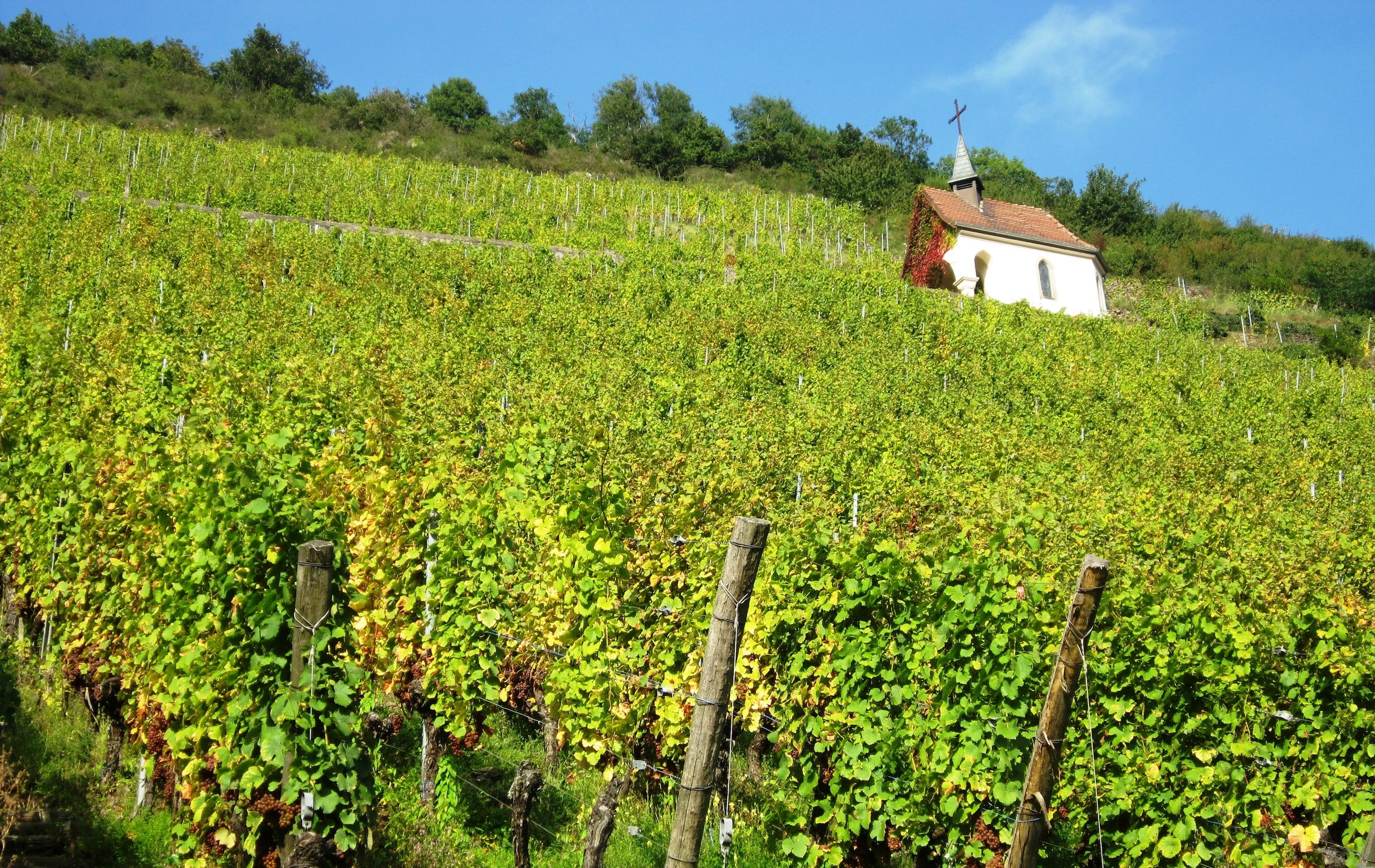
Sometimes it’s easy to forget that winegrowing is an agricultural pursuit, a farming endeavor at its core. Farmers are keenly aware of the different climatic vagaries Mother Nature can throw at them.
Hail, spring frost, early fall rainstorms, wildfires, insect infestations, flooding – any number of tragedies can lead to differences in the final quantity of grapes harvested, and ultimately the final quality of wine that gets made.
If you hear the word vintage in wine circles or see the word vintage on a wine label, it’s easy to think of this as the year the wine was made.
While technically correct, it goes beyond just a date when the grapes were grown.
‘Vintage’ encompasses all of the different climatic and growing factors that the growing region experienced over the course of the season.
In the northern hemisphere, this can run from late February through late October. Think of the spectrum of weather patterns that happened over those many months.
This is why some vintages can be particularly challenging, while others can be wonderfully beneficent for producing quality grapes, and thereby high-quality wines.
Is Vintage More Important for Some Wines than Others?
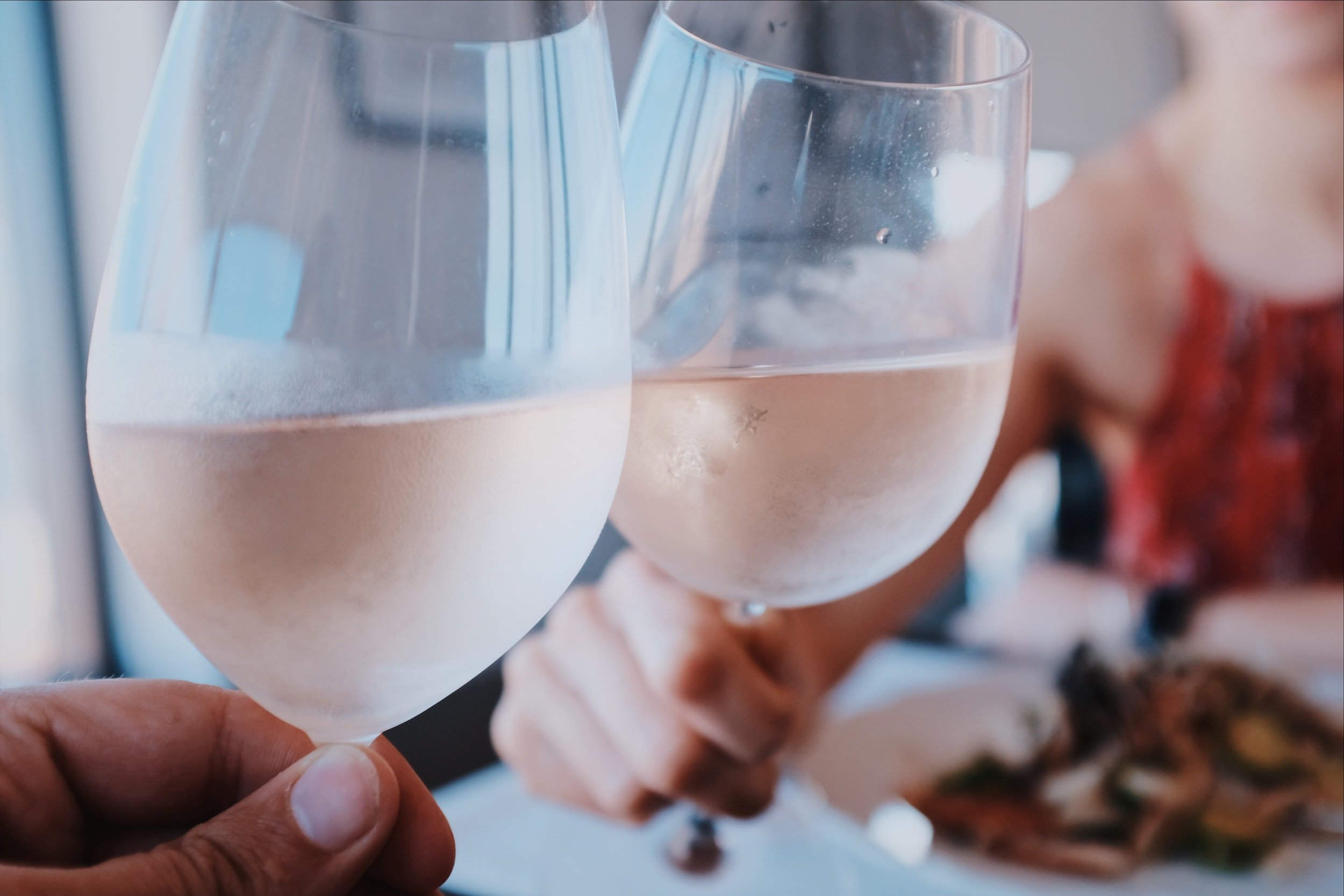
Knowing about the vintage is useful for certain growing regions more so than others.
For example, marginal growing climates that are already on the cool side can have wider fluctuations in their growing conditions year-over-year.
Think about Germany, with its northern latitude, and short cool growing season. If there’s a particularly hot vintage, this can directly affect a wine’s alcohol level, flavor ripeness, and acid levels – which will in turn affect the wine’s suitability for aging.
A cooler than average vintage can lead to underripe flavors, higher acid levels, and lower alcohol in the final wine – all affecting quality.
Another region where vintage is important is Bordeaux, home to some of the most iconic wines in the world.
In this moderate maritime climate, growers have selected vineyard sites according to the different types of soils found in the region – some clay-based and others gravel.
These soils are particularly well-suited to the Maritime climate with year-round rainfall.
Helpful Tip: Go check out this post that will help you figure out how to read a wine label.
Over the centuries, producers determined what grape varieties grow best in the different vineyard sites depending on those soils.
For example, the Right Bank has higher percentages of clay soil that retain water and are well-suited for Merlot grapes.
Unfortunately, when there is a swelteringly hot growing season, this can lead to drought which stresses the grapes and reduces yields.
Vintage reports may allude to a year’s seasonal challenges with statements like the following:
- Between July and the end of August, the weather was consistently warm without any excess heat but with a noticeable lack of water. It was, in fact, the driest year of the decade with near-drought conditions and resulted in the most prolonged growing season on record.
- The continued drought had an impact on the volume, as the berries were thick-skinned and in no way diluted by any harvest rain.
- Vintage yields range from moderate to plentiful, depending on flowering and the impact of the drought.
Vintage Isn’t Important for Most Wines
Raise your hand if you like weeknight wines! (me!) Most of the wine produced and enjoyed around the world is everyday table wine grown in warm, sunny regions that are blessed with relatively little in the way of major weather fluctuations year-over-year.
These growing areas, like The Central Valley in Chile, the Central Valley in California, or Southern Italy make prodigious amounts of good, easy drinking, not overly complex wines.
These wines may still carry a date on the label, but by and large, you won’t be able to tell a significant difference between one year’s vintage and the next in terms of quality.
Helpful Tip: Go check out this post on how to find affordable wines for beginners with tips to save you money (I put this together just for you if you’re getting started.)
Why Don’t Some Wines Have a Year on the Label?
Wine without a date on the label is called ‘non-vintage’ or NV for short. (No, NV does not mean that the wine was made in the US State of Nevada – my home state – I love you NV! But sorry.)
Vintage may not play a role in certain styles of wine. There are two types of wines that won’t have a vintage date.
Non-Vintage Blended Wines
Sometimes a producer will have odd lots of leftover wine after filling an order or blending for a certain label. For example, the producer may only need a small percentage of Merlot for a Cabernet-Merlot blend.
There’s still leftover Merlot. The producer can keep that Merlot and add it to next year’s wine and have more Merlot to sell.
When wine from two or more harvest years gets blended together, then it automatically becomes a non-vintage wine.
Non-Vintage House Style Wines
Some producers depend on non-vintage wines for their house style, which can be their most popular label.
Producers want the house style of wine to be consistent year-over-year, and so they use artful mixology to blend different batches of wine together to create the style that their loyal customers expect.

Blending for a house style is challenging. The winemaker still has to contend with the vintage variation from Mother Nature, which limits the wines available for blending.
Wineries may hold back larger quantities of wine for blending if a house style is a key part of their market.
Are Non-Vintage Wines Any Good?
Non-vintage wines can be delicious. The producer is aiming to create a wine worthy of your notice beyond the vintage label. Don’t hold back on picking up a bottle of non-vintage wine if you’re curious to try it.
Is It Important to Know a Wine’s Vintage?
Everyday drinkers don’t have to worry about vintage. It really doesn’t impact wines at the inexpensive to mid-priced levels that most of us will be drinking immediately.
If you are interested in collecting fine wines to keep over the long term, then you will want to learn about the strengths and weaknesses of particular vintages.
- Cool Years: As mentioned previously, a cool growing season can mean under-ripe grapes and lead to green, herbaceous qualities in wine. You may enjoy this particular style, or you may want to avoid it.
- Hot Years: Hot growing seasons can lead to overly jammy wines with lower acid levels that are less suitable for long-term aging or investing.
What’s a Good Wine Vintage Year?
As you can imagine, the quality of each vintage will depend on the particular wine growing region you’re interested in.
It’s impossible to say that 2020 was a good year, or rather a good vintage, universally – Napa Valley, Bordeaux, Piedmont, and Barossa Valley are all separated by thousands of miles.
So, the overall quality of each vintage is, by necessity, determined regionally.
How to Use a Wine Vintage Chart
If there’s a specific reason you’re looking for vintage wine, for example, the birth of a child, an anniversary, a retirement, or for investment, then you’ll want to refer to something called vintage charts as a solid starting point.
The wine industry publishes vintage charts for famous wine-growing regions around the world every year.
These vintage charts let you quickly assess the overall quality of the wines made from grapes during previous growing seasons, going back decades in some cases.
As a member of the American Wine Society, I get a nifty little card in the mail that I can carry around with me that covers the previous 20 years of vintages at a glance for the US, France, and Italy.
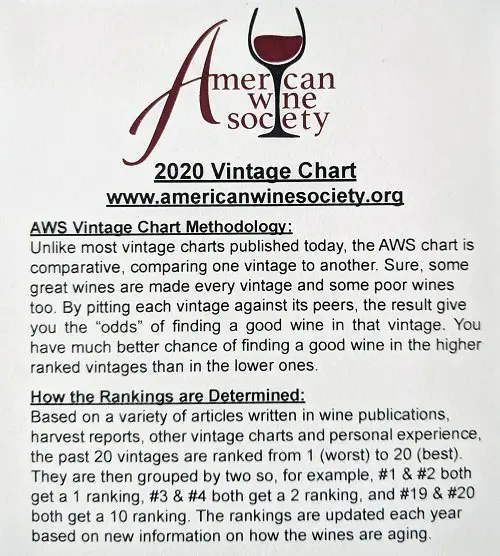
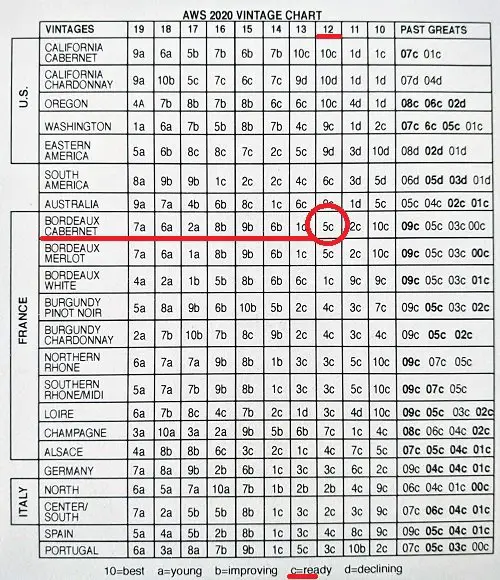
I recently tasted two, Cabernet-based Bordeaux wines from 2012. Using the chart, you can see that 2012 Bordeaux is considered ‘C’ – ready to drink – and these two wines were ready to drink and starting to show a little age. You can also see that the vintage was rated ‘5’ so an average year overall.
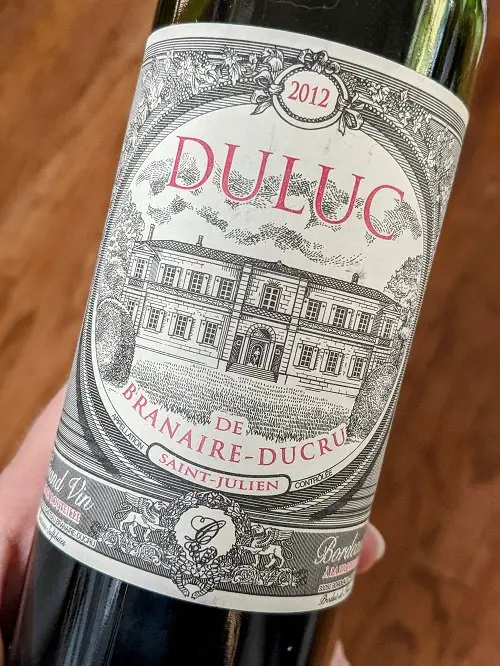
If you’re interested in laying down wine for the long-term, vintage charts become critically important in the wine collecting and wine investment circles.
How Do I Know If My Wine Is a Vintage Wine?
If your wine has a year on the bottle, then it’s technically a vintage wine. The vintage is that year. You can easily do an internet search for that region followed by the term ‘vintage chart’ (Napa Valley + Vintage Chart).
Here are links to the search results for some of the major growing regions’ vintage charts:
Napa Valley Vintage Charts
Bordeaux Vintage Charts
Burgundy Vintage Charts
Barolo Vintage Charts
Port Vintage Charts
Yay! Wine!
Thirst for More?
Check out how to pick good grocery store wines.
Here’s a post on strong red wines – if you love Cabernet Sauvignon, you should be drinking these big red wines, too.




